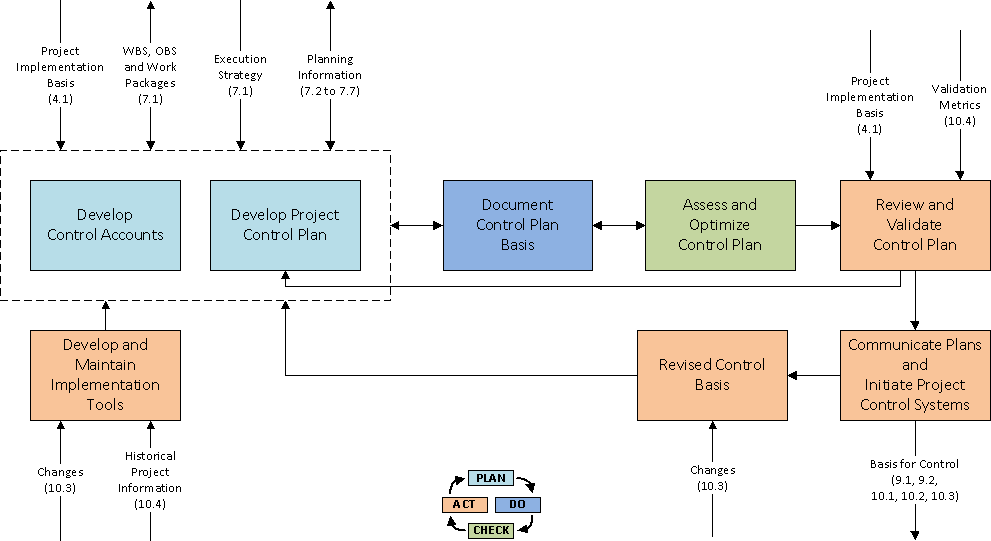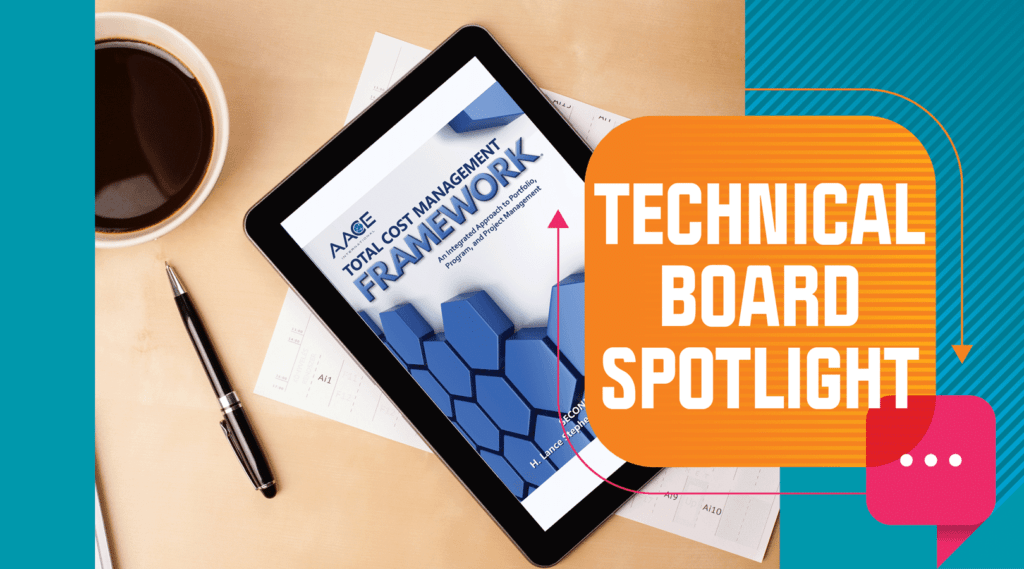Proper Project Control Planning Can Provide Business Value and Technical Contributions, If Instituted Properly
By Lance Stephenson, CCP FAACE
Numerous articles have been written about why projects fail! While there may be disagreement as to the root cause, one common contributor of failure is due to the lack of attention and efforts being applied to the project control surveillance envelop within a project. With this said, this article tries to articulate the business value and technical contributions that proper project control planning can provide, if instituted properly. This involves establishing a clear link between project control planning and execution, along with an organization’s other key strategic practices.
The project control plan (PCP) is considered the gateway into applying the appropriate project control methodologies, systems, and personnel for a project. Consider the project control plan as the flight plan for flying an airplane. Flight plans are documents filed by a pilot with the local air navigation authorities prior to departure which indicate the plane’s planned route or flight path. These flight plans include basic information such as departure and arrival points, estimated time of flight, alternate airports in case of bad weather, and the type of flight rules (instrument or visual) required to be used, etc. Based on the flight plan, the pilot and organization can introduce the appropriate measures to mitigate any risks in an effort to safely transport passengers or goods, in a timely manner, from one location to another. Likewise, the project control plan provides a similar understanding of an organization’s project control planned efforts and introduces the appropriate measures to mitigate any risks while providing the project team the ability to execute the project safely and in a timely fashion.
So, What are the Specifics of a Project Control Plan?
The project control plan describes specific processes, procedures, tools, and systems that guide and support effective project control. The plan is a narrative or qualitative representation of the project control process, while the estimate, budget, schedule, etc. represent the quantitative aspects. The purpose of the project control plan should include, in part:
- A plan to implement an integrated set of work processes, procedures, and applications to plan, monitor, execute and control the work. Procedures can be specific to an organization or a project, and therefore, should be stated in the project control plan.
- A plan to implement an integrated suite of applications (systems).
- A plan to identify the roles, responsibilities, and accountabilities for the project control team members.
- A plan to produce the project control deliverables, expectations, and scope of work.
Another complementary feature is that the use of a project control plan is considered a leading indicator for assisting in the success of the delivery of the project. The time invested in preparing, documenting, and communicating a solid project control plan will increase the success of the execution of the project. This improved maturity can be introduced as a key performance indicator, permitting project teams to score their project controls readiness prior to executing their respective projects. To further assist in this endeavor, the project controls plan should provide a deep understanding of the following elements, which include:
- Project Control Plan General Requirements
- Functional Applications of Project Control
- Systems and Data Integrity Plan
- Communications Plan
- Project Control Deliverables
- Project Control Plan Implementation
How is a Project Control Plan Developed?
As defined in the TCM Framework, the project control plan implementation is the process of integrating all aspects of the project control plan; validating that the individual components of the plan are comprehensive and consistent with requirements and ready for control; initiating mechanisms or systems for project control; and communicating the integrated project control plan to those responsible for the project’s work packages. Figure 1 represents the project control plan implementation process of the Total Cost Management Framework:

Figure 1 – Process Map for Project Control Plan Implementation
To complement the project control plan implementation process map, AACE International has also provided Recommended Practice (RP) 60R-10, Developing the Project Control Plan. This RP provides detailed how-to instructions, complete with a table of contents, and descriptions of the required elements within the body of the project control plan. The RP also provides a list of project control deliverables.
Is That It?
As indicated earlier, the PCP is considered the project’s flight plan. As with any flight that has taken off, changes may be required based on current information. The pilot will use its applicable rules and dashboard to navigate the skies. Like the pilot’s analogy, the established rules, requirements, and dashboard assists the project team in navigating the execution of the project. Project control personnel will interpret the data and provide the necessary recommendations and corrective actions, if required. If the desired outcome is not being met, the project team can adjust, document, and introduce new measures to re-establish their ability to execute the project safely and in a timely fashion.
Therefore, it is expected that the project control plan will be continuously reviewed and updated during the life of the project so that the project team and its stakeholders are kept current of the requirements and expectations of the project control function and team. To further support this, it is recommended that the organization complete audits throughout the delivery of the project to ensure compliance of the project control plan. If items within the project control plan are no longer warranted, then the project control plan will need to be updated and re-distributed to the project team. The audits will provide valuable information as to what is working well, what is not working well, what needs to be changed and what needs to be deleted.
In closing, AACE International’s TCM Framework, complemented with Recommended Practice 60R-10 Developing the Project Controls Plan, can improve the effective and efficient delivery of the execution of the project. Hopefully, this article will provide readers with a refined understanding of the requirements and deliverables identified in the project control plan that lead to future success
Rate this post
Click on a star to rate it!
Average rating 4.8 / 5. Vote count: 11
No votes so far! Be the first to rate this post.

